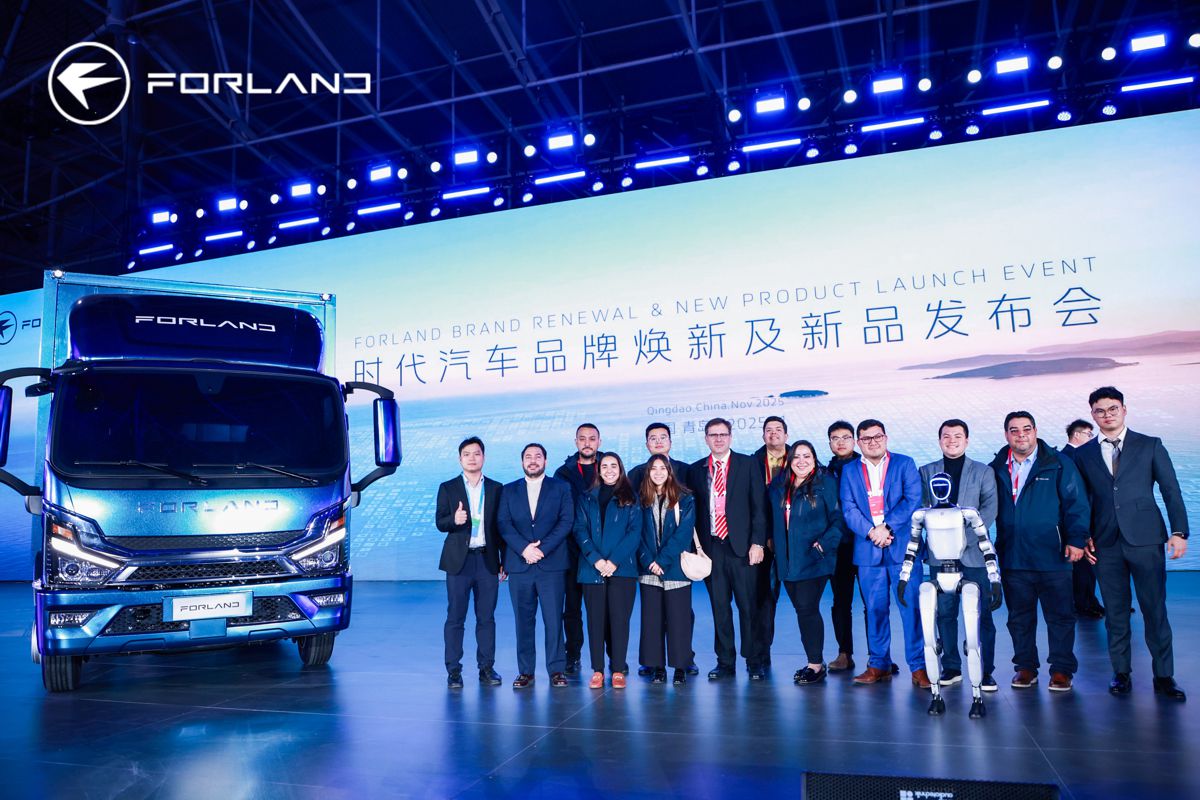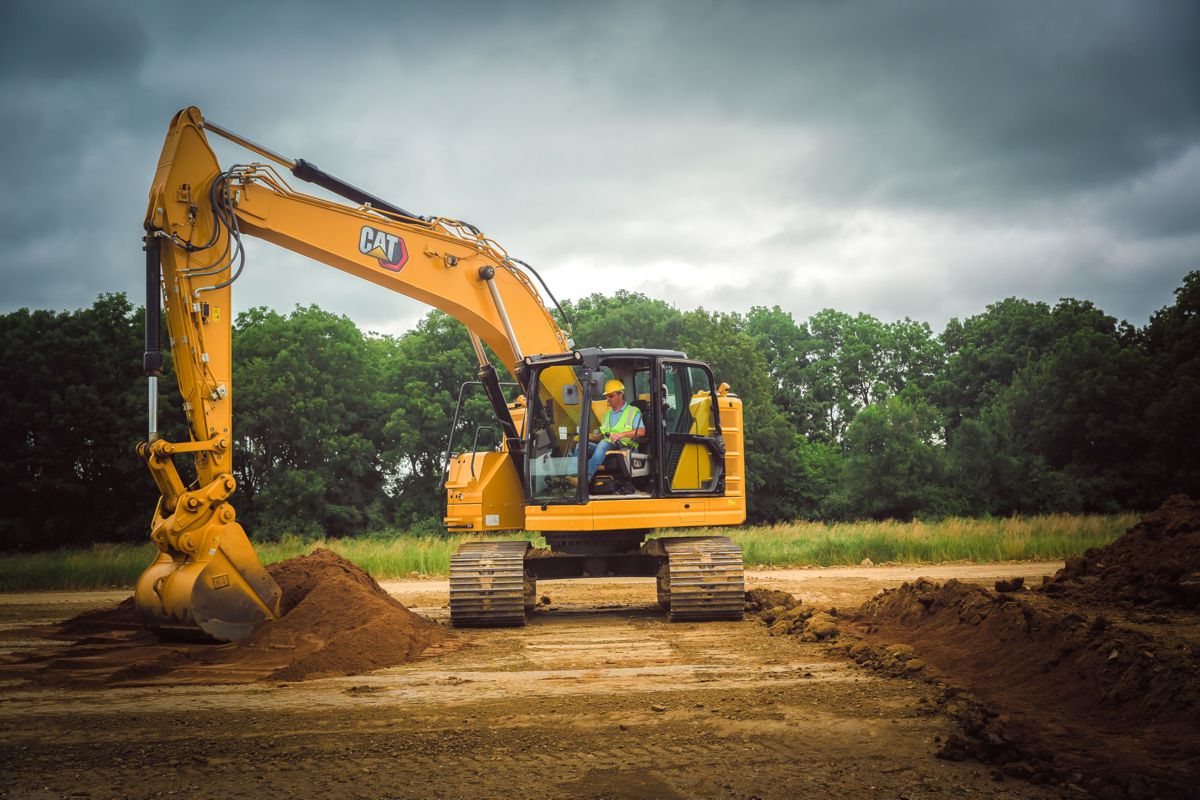Empowering Panama for a Sustainable Energy Future
Panama’s electricity landscape is entering a new phase of modernisation with a landmark $300 million framework loan agreed between the EIB Global, the international partnerships and development arm of the European Investment Bank, and Naturgy Energy Group through its Panamanian distributors EDEMET and EDECHI. As the largest EIB loan ever granted to a private company in Central America, the agreement underscores Europe’s strategic commitment to supporting sustainable energy transitions well beyond its borders.
Backed by a guarantee from Spain’s export credit agency CESCE, the project finance loan forms part of a collaborative financing model designed to strengthen climate action and environmental sustainability. This guarantee mechanism, crafted jointly by the EIB and CESCE, specifically supports green projects driven by Spanish companies worldwide. It demonstrates a financial structure increasingly used across Latin America to accelerate renewable energy deployment and grid modernisation.
Panama stands to gain from greater reliability, enhanced resilience and expanded renewable integration. The programme will improve operational efficiency, reduce losses across the electricity distribution system and connect thousands of new users, including households in low-income communities. In the long term, these upgrades will also enable more renewable energy to flow into the grid, particularly solar power, which continues to gain traction across the country.
During the signing ceremony, several senior leaders highlighted the project’s significance. “This EIB financing will support the modernisation of Panama’s energy infrastructure, strengthening regional energy integration. It is an example of how partnerships are key to providing people with access to a cleaner and more secure energy supply,” said EIB Group President Nadia Calviño.
Naturgy Chairman and CEO Francisco Reynés reinforced the company’s strategic commitment: “This loan will strengthen Naturgy’s investments in Panama, and reflects our commitment and intention to stay in the country. The new investments in Panama’s power grid will help improve service quality for our customers and security of supply, while promoting a more efficient, secure and sustainable energy model.”
CESCE CEO Pablo de Ramón-Laca added that the agreement demonstrated “the leadership of Spanish companies in the implementation of key projects for Panama’s economic development.” He emphasised the strength of the partnership with the EIB, noting it “expands CESCE’s capacity to support the international expansion of Spanish companies.”
EIB Vice-President Ioannis Tsakiris also underscored the broader strategic relevance: “This collaboration with Naturgy and CESCE reflects the EIB’s role as a catalyst for sustainable investments connecting Europe with Latin America. This project will drive the modernisation of Panama’s electricity system and facilitate access to cleaner, more efficient and more affordable energy for thousands of homes and businesses.”
Building A Stronger And Smarter Electricity Network
Beyond expanding distribution networks, the investment is designed to deliver deep structural benefits to Panama’s energy sector. The modernisation initiative will enhance system reliability at a time when climate resilience is becoming increasingly important for infrastructure across Central America.
Grid operators in the region continue to face challenges linked to extreme weather, rapid urbanisation and rising energy demand. By improving the strength and adaptability of the distribution network, the project supports long-term energy security and ensures communities remain better protected against disruptions.
The programme will also help reduce both technical and commercial losses, a persistent issue in Central America’s electricity markets. Lower losses translate to lower operational costs and, ultimately, more competitive electricity prices for households and businesses.
Improved grid efficiency ensures a more flexible network capable of managing higher volumes of renewable energy. With solar power growing quickly in Panama and investment in wind energy also increasing, these upgrades come at a crucial moment for the country’s clean energy ambitions. Increased interconnection capacity will also support the Central American Electrical Interconnection System (SIEPAC), which plays a growing role in balancing regional supply and demand.
Supporting European Climate Commitments
The agreement contributes directly to the EIB Group’s Strategic Roadmap for 2024–2027 and the second phase of the Climate Bank Roadmap for 2026–2030. These policy frameworks place clean energy, climate adaptation and infrastructure efficiency at the centre of Europe’s global financing architecture.
By financing projects that strengthen renewable integration and reduce emissions, the EIB continues to reinforce its identity as a key player in the European Union’s broader climate agenda. Initiatives like this framework loan not only support reliable and sustainable energy access but also build long-lasting partnerships with countries seeking to modernise their energy sectors.
The initiative also aligns closely with Panama’s own Nationally Determined Contribution under the Paris Agreement. By expanding renewable integration and improving system efficiency, the investment directly supports Panama’s commitments to reduce emissions and accelerate its energy transition.
Strengthening EU-Latin America Energy Cooperation
The modernisation of Panama’s electricity system forms part of the EU Global Gateway Investment Agenda for Latin America and the Caribbean. Under this framework, the EU aims to promote high-quality sustainable infrastructure, improve connectivity and enhance regional integration.
A major priority area is the Central American Regional Electricity Market (MER), a regional trading platform that connects energy systems across the subcontinent. By improving the quality of Panama’s domestic network, the project strengthens MER’s overall potential, creating new opportunities for cross-border energy exchange.
At the recent CELAC-EU Summit in Colombia, the EIB unveiled a €1 billion financing initiative aimed at improving power grid integration across Central America. This new lending envelope will support upgrades in Costa Rica, Panama, Honduras, Guatemala, El Salvador and Belize. Funding will focus on transmission and distribution networks, as well as renewable energy generation.
For Panama, participation in this regional initiative reinforces its role as an important hub within Central America’s evolving energy landscape. Improved grid reliability and expanded renewable capacity position the country to benefit from increased regional power flows in the coming years.
A Growing Pipeline Of Sustainable Energy Investment
Panama has been steadily increasing investment in its electricity system, reflecting both domestic priorities and wider regional trends. Renewable energy now accounts for a significant share of the country’s installed capacity, with hydropower, wind and solar playing important roles.
However, as new renewable projects come online, the grid must evolve to handle fluctuations, peak generation periods and variable demand. Upgrades supported by the EIB and Naturgy will help modernise substations, upgrade distribution lines and introduce new technologies for network monitoring and management.
Smart grid technologies, such as automated control systems and digital sensors, will help operators detect faults more quickly and manage supply more efficiently. These improvements, combined with upgraded infrastructure, lower the risk of outages and improve customer service quality.
Reinforcing Social Inclusion And Economic Growth
The investment’s benefits extend far beyond the energy sector. By expanding access to electricity for new households, including those in lower-income communities, the programme supports social development and poverty reduction.
Electricity access remains one of the most critical factors influencing health, education and economic opportunity. For small businesses, reliable electricity is essential for growth and long-term competitiveness. By supporting new connections and improving reliability, the project expands economic potential across diverse regions of Panama.
The modernised network also supports industrial development, enabling manufacturing and service industries to operate more efficiently. By reducing bottlenecks and improving reliability, the upgrades help attract foreign investment looking for stable and sustainable infrastructure.
A Resilient, Efficient and Sustainable Energy Future
Panama’s partnership with EIB Global, Naturgy and CESCE represents a decisive step toward a more resilient, efficient and sustainable energy future. The modernisation of the country’s power grid will enhance renewable integration, increase reliability and support long-term economic growth.
With Europe deepening its engagement in Latin America’s infrastructure landscape, this project sits at the forefront of regional cooperation. It highlights how shared climate priorities, financial innovation and private-sector participation can combine to deliver practical benefits for people and businesses.
As the global transition to clean energy accelerates, Panama’s upgraded power grid will provide a solid foundation for the country’s next phase of development.




















